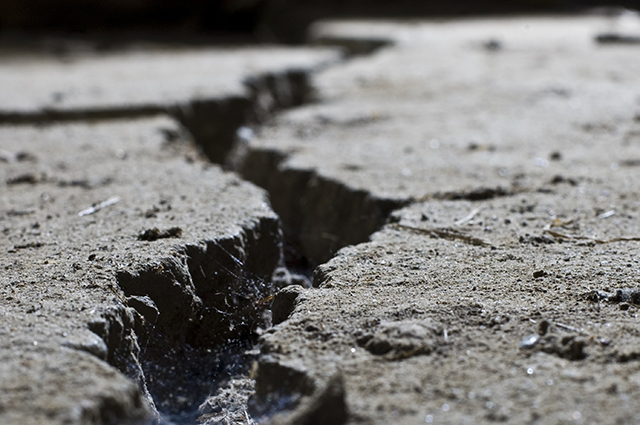Viesca publishes on the nature of friction

Assistant Professor Rob Viesca recently published a sequence of papers on the nature of friction at the interface of elastic materials. The sliding of one object on another is usually assumed to occur uniformly on the interface. However, when the objects are sufficiently soft, sliding may occur on one part of the interface while another remains locked. Additionally, if the interface weakens with sliding, a spatially-localized instability can occur. This combination of soft bodies with weakening friction is thought to give rise to stick-slip behavior ranging from earthquake rupture on large tectonic faults to the sudden sliding of small, compliant blocks.
An outstanding problem in earthquake science is how fault slip transitions from slow creep or a nearly static state to an earthquake-generating dynamic rupture of the fault. Understanding how dynamic fault rupture is initiated will help earthquake scientists to better pinpoint the origin of the earliest seismic signals that are crucial for early-warning systems.
In the papers published in Physical Review E and Proceedings of the Royal Society A, Viesca studied how a prevailing model for sliding friction couples with the elasticity of the bodies in contact. Notably, he found that sliding instabilities in such systems should be expected to emerge in a manner akin to the pinch-off of a droplet of water. Moreover, he found an original means by which chaotic behavior may emerge during the instability, which provides a long-sought mechanism for the complex stick-slip sequences observed for the seismic cycle of fault rupture.
The results indicate a novel means of testing the prevailing friction model via observations of the sliding instability on transparent blocks, using cutting-edge techniques currently in development.
Department:
Civil and Environmental Engineering